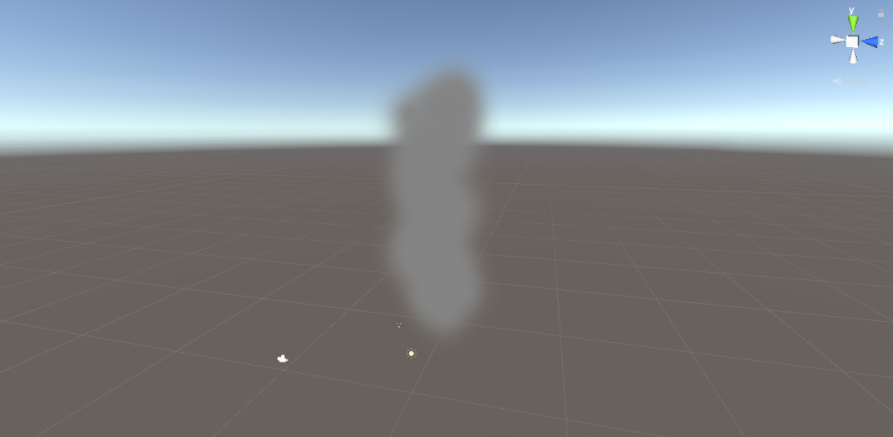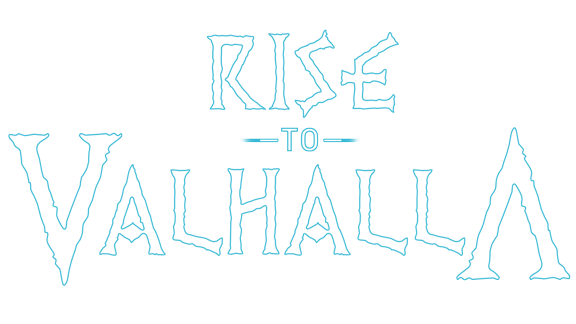Devlog #01 - Prototyping
Hello there and welcome to our first blogpost of our game! It is an honour to be checked out by a great Viking such as yourself! Therefore allow us to introduce ourselves:
We are a team of 5 students studying digital arts and entertainment in Belgium. We consist of 2 game developers: Maxime Leriche and Pepijn Langeraert and 3 artists: Arno Gabriels, Delphine Decuyper and Iva Tsvetkova.
During our conversations it became apparent that we all love Norse Mythology and wanted to create a Viking game in which, opposite to the lore, you don’t let the Gods define you and you take your fate into your own hands. Thus Rise To Valhalla was born.
There are several things we are currently working on. First, we’re in the process of choosing the engine in which we will make our game. To see their advantages and disadvantages and make a proper decision, we are prototyping our core mechanics in a rudimentary way in both unreal and unity. Second, our artists are working on an artbible in which the visuals of our game will be defined and characters and props will be designed. Lastly we also did some research on how to approach the following topics:
Player movement
The game’s fun and satisfaction will rely on the player being able to swiftly hop around the level while killing enemies. Therefore smooth movement will be key in our game. For now in our build the tide is set up as well as mechanics like jump, double jump, dash, jumping through platforms from below,... One of our core mechanics is being able to pick up a dropped axe, throw it in a certain direction and when it lands, you get teleported to the location it landed. Kind of like a grappling hook. We’re currently still looking into games like Ori and The Blind Forest to make these as smooth as possible. This proves to be a challenge to code and animate so it feels right and satisfactory to the player and will be worked on for a while longer.
The artists learning to work with Unity
The artists in the team have experience with creating an environment in Unreal Engine but have no experience doing the same in unity. Therefore all of our artists are getting familiar with Unity by learning how to import meshes, making materials, adding collision,...
Another topic that arose from this research was whether to use the HDRP or URP in Unity. Both have their advantages and disadvantages and are great in their designated settings. There are several reasons why we could choose one or the other. Even though our game is a low poly game with simple textures and graphics, we would like to use advanced lighting systems. Therefore we are leaning more towards HDRP since it has screen space global illumination/reflections and volumetric lighting/fog. However, depending on further research and how much we can actually fake and spare our system, this could still change.
Particles in Unity
Though our artists are familiar with creating particles in Unreal Engine’s Niagara, they’re not with creating them in Unity. One of our artists made a simple smoke particle to tackle this. The unity particle system, shuriken, is similar to the Niagara particle system inside Unreal engine. The use of sprite sheet systems and vector math can be applied in the exact same way. The advantage of Unity is that all the nodes are already visualized, while the nodes in Niagara system either need to be researched or known by the user in order to call upon them. While Unity seems more user-friendly it begs the question whether or not the Niagara system allows for more complexe particle systems. This would require more research if there were more time. As of now it seems Unity wouldn’t be an issue in terms of creating particle systems.

Infinite level generation
This aspect proved to be surprisingly easy. It is based on a system of tiles. In the current prototype, each tile has a background and a few platforms. In the start of the game, a certain amount of those tiles get spawned, enough to cover the entire camera viewport. At the top end of the tile is a trigger which creates a new tile to position after the last one and destroys the current tile (the one on which the player is) after a few seconds. The exact time will require to be tested and accorded to the speed of our tide.
Now, where will we go from here?
In the following week we will be further refining our artbible and coming up with some definitive designs for our environment and characters. We will have a decision on the engine and start prototyping our actual game. We will be building a moody level with a few simple assets in which can be played.
That was it for this week’s devlog! We look forward to seeing you guys next week! :)
Files
Get Rise to Valhalla
Rise to Valhalla
Fight your way back to Valhalla to claim the throne and feast like a God
| Status | Released |
| Authors | Delphine Decuyper, Freemard, lerichem, Iva Tsvetkova, Pepijn Langeraert |
| Genre | Platformer |
| Tags | 3D, Arcade, Beat 'em up, Singleplayer |
| Languages | English |
More posts
- Devlog #10: The endMay 12, 2021
- Devlog #09: Start polish sprintMay 05, 2021
- Devlog #08: end of productionApr 28, 2021
- Devlog #07: mid production sprint 2Apr 21, 2021
- Devlog #06: Start production sprint 2Mar 31, 2021
- Devlog #05: End production Sprint 1Mar 24, 2021
- Devlog #04: Mid production sprint 1Mar 17, 2021
- Devlog #03: Start production sprint 1Mar 10, 2021
- Devlog #02 - PrototypingMar 03, 2021

Leave a comment
Log in with itch.io to leave a comment.